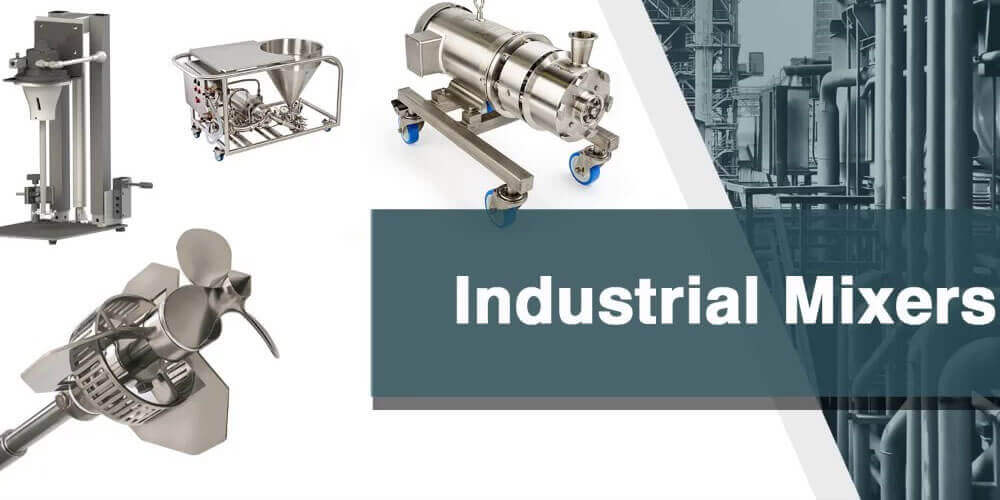Some of the latest developments in vertical lab mixing include introducing the new Silverton, such as the L5M-A, perfect for laboratory work and research. The achievements in the field of design known as industrial equipment for suspensions and gas-liquid dispersions are presented in this article. Mixing methods using a ribbon blender are also discussed. The mechanical, as well as vibrational magnetic bits, are highlighted. Various nonconventional mixing devices that come with reversible movements of different mixer parts and statics are also discussed. Miniaturization of micromixers is reviewed. Before getting a lab mixer for sale, you should consider understanding the nature of the project ahead.
How to mix granules
Granular materials are often known to segregate. Therefore, slight differences in the sizes of the materials or their density can quickly lead to flow-induced segregation. That is a complicated phenomenon without various parallel fluids.
Modeling and mixing processes need the confluence of various tools, such as continuum and discrete descriptions and cellular automata computations. All too often, these are considered to be geometrical insight.
None of the statements are considered to be satisfactory. Continuum, for instance, is dependent. The fact is, it may need the adoption of various viewpoints. This review analyses a broad body of framework that forms from the beginnings of a continuum perspective of mixing and segregating granular materials.
Mixing non-cohesive particles
Non-cohesive particles with differences in size, density, and shape, can be challenging to mix. Besides, it also introduces chaotic advection, appearing in noncircular tumblers. The chaotic advection interacts in various nontrivial ways where the segregation of materials leads to the equilibrium of multiple structures serving as a significant prototype for disorderly misplaced systems.
The industrial need for mixing granules
Mixing granular materials is essential to different processes in the consumer industry. The knowledge base is often less developed compared to that of fluids. Therefore, it certainly is not yet at a better point where the first principles of modeling attack are realistically possible.
The current engineering approaches attack various mixing problems daily. Therefore, the extrapolation from existing empirical knowledge will be challenging in the long run. Granular materials are known to segregate. If there are slight differences in size and density, they may lead to flow-induced segregation. This is a phenomenon without the parallel nature of fluids.
The segregation of granular materials may end up being a complicated as well as an imperfectly comprehended phenomenon. Even so, the issues arising from it all are not avoidable in practice. Industrial formulations are known to be multicomponent. That means that you need multiple mixing steps to solve the problem.
Making the right design decision
Design decisions are often made without the understanding of the phenomenon. That may be challenging for industry experts. But it still needs to be achieved in the long run. It is apparent that the comprehension of mixing granular matters. The complex process contains regular fluids, including modeling the mixtures and granules that need a confluence of various tools, such as continuum and discrete descriptions such as particle dynamics.
Final Thoughts
While none of these viewpoints is satisfactory, the discrete continuum descriptions of granules and their flows happen to be regimen-dependent. That may require you to adapt to various subviewpoints.
